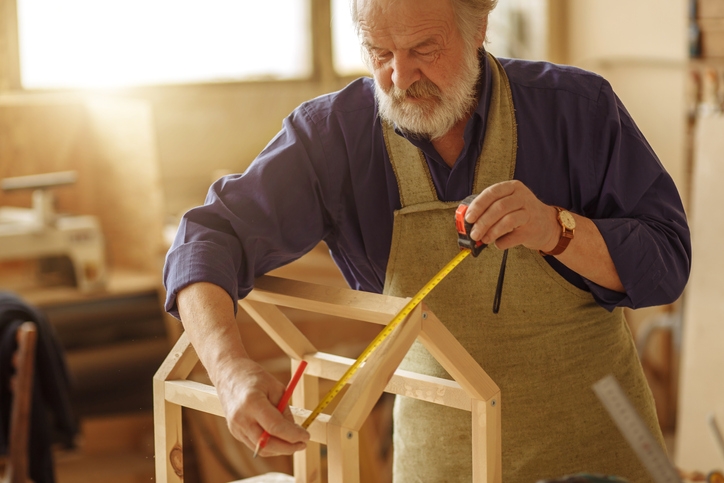The majority of older Americans hope to remain in their home as they age. While aging in place is not possible for everyone, it is entirely possible for some. However, safety should always remain the number one priority when assessing your needs. Maintaining home safety for seniors needs to be addressed early on. In order to remain at home as you age, there are likely modifications that need to take place.
There are several safety concerns affecting seniors who aim to age in place. Among them are falls, food and nutrition, and loss of mobility. Additionally, some will experience cognitive or physical declines that put safety at risk. U.S. News describes some tips for maintaining home safety.
First and foremost, falls are the leading cause of fatal and non-fatal injuries among those 65 and older. Consequently, many seniors end up in long-term care following a fall. Remove all tripping hazards from your home. This includes furniture, rugs, and pet supplies that block your walkway. Furthermore, always monitor physical symptoms like dizziness, and changes in vision or balance.
Food and nutrition are two of the most basic safety concerns for seniors. Unfortunately, they are sometimes overlooked. Depending on physical and cognitive decline, it can be hard for seniors to adequately cook for themselves. Operating kitchen appliances can be difficult as well. The signs of this issue would be outdated or spoiled food in the kitchen. Significant weight loss is another red flag.
Loss of mobility provides a whole host of problems too. When a senior has trouble leaving the house, isolation and loneliness can occur. In addition, activities of daily living like laundry, grocery shopping, and cleaning can become extremely challenging.
One of the most important things a senior can do is to have a good support system in place. This could be family, friends, caregivers, or aging life care management like Arizona Elder Care. Having that daily contact with others will help keep you safe and happier in so many ways. Emergency response systems are also critical when aging in place. That little button worn on your wrist or on a necklace can be a literal life-saver.
Lastly, know that home renovations may be necessary as you age and your needs change. And finally, know that aging in place is not for everyone. But it can be possible for some with some lifestyle and logistical adjustments.


